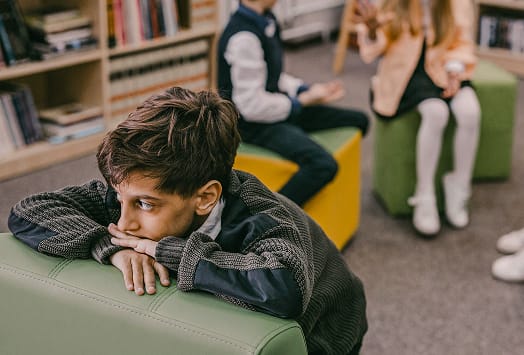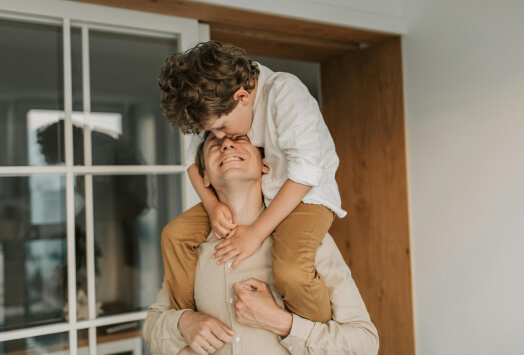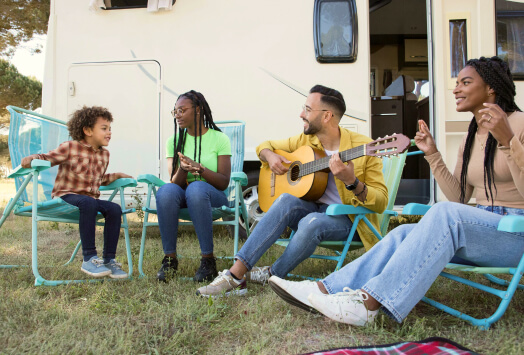At Sawyer, we have the opportunity to work with many incredible providers. This is the first post in our new contributor series, in which we partner with experts to share insights in their field.
Summer has ended and school is back in full swing. Fresh backpacks, sharpened pencils, crisp binders, and stylish lunch boxes are set and ready to go. As parents, you worry about the usual things. Will my child get on the bus without clawing at my shirt? Will the teachers be warm and inviting? And, perhaps one of the biggest concerns of all, will my child make new friends?
So, as your little student begins their first, second, or third year of school, you remind them to be kind, use their manners, and to share with others. But often missing from that conversation is the topic of inclusion. What does inclusion mean in the context of school? Simply put, it’s about crafting meaningful friendships with their peers, no matter their differences. Of course, your toddler doesn’t quite know what that means, which is why it is your job to break it down for them so you can set them up for success with their classmates. Since we are experts in Fun and Inclusion at SO Fun City, we are here to help with just that.

Talk about differences. Don’t Ignore them.
It’s important to have a conversation with your child and explain that everyone is different and that being different is ok! “Mommy has glasses to help her see better and your brother does not need glasses to see.” Discuss these real life examples of the differences between you, your child, relatives, and friends. After you give a few examples, challenge your child to discover some differences on their own. Ask them if any of their new friends in school have anything different about them.
Celebrate those differences!
After identifying differences, relay to your child that it’s so amazing and fun that we are all different and special in our own way. Showing your child how to celebrate differences will go a long way this school year. Here are some examples of topics you can discuss with your little learner about how everyone comes in all shapes and sizes.
You can play with friends who…
- Speak differently than you (using their mouth, an ipad device, sign language)
- See differently (eyes, glasses, feel)
- Hear differently (ears, cochlear implants, hearing aids)
- Move differently (feet, crutches, wheel chair, walker, prosthetic leg)
- Look differently (skin, hair, height)
Another great way to celebrate differences with your child is to use something you likely already have at home…like a box of Crayons! Open up a box and show your child how the Crayon’s are just like their class at school. Each Crayon is special and makes the box complete. Comparatively, their classroom is filled with different types of friends that make their classroom complete.
Role play
Now that you’ve had a conversation with your child about differences, it’s time to role play situations that may arise at school. Acting out scenes that may occur in the gym, lunch room, or homeroom will help your child understand how to be inclusive of all. Pretend to be your child’s classmate (don’t worry…it doesn’t need to be an Oscar winning performance). As you act out your scene, give them the language to use that you’d be proud to hear from a teacher about how your child is inclusive of everyone:
- “I like your ______ (glasses, wheelchair, hearing aids)”
- “Do you need help?”
- “Come play with me/us!”
Be the role model that you are looking for from your child.
Remember, children are always learning from our actions. Make sure that you are being inclusive too. Set up playdates with peers and continue to have conversations at home that celebrate everyone’s uniqueness.

















